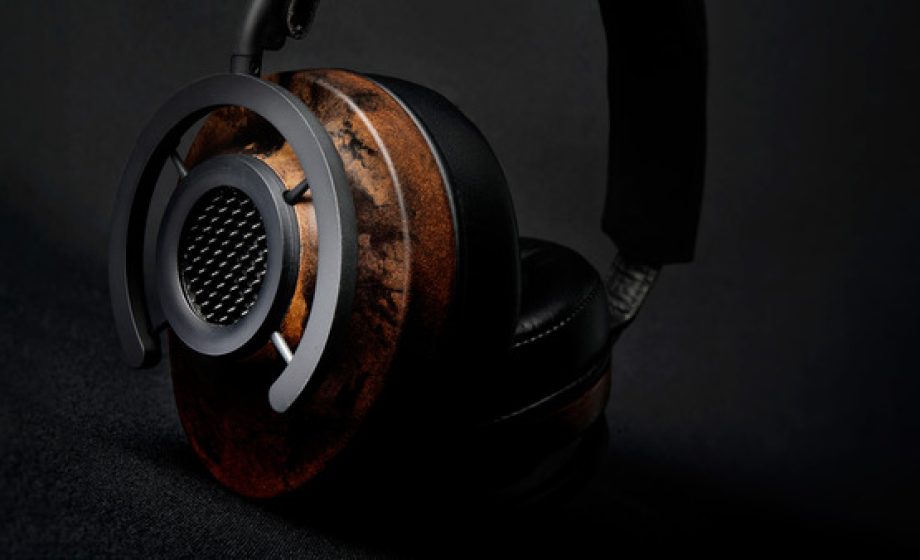
2014 was big year for Sculpteo. The 3D Printing startup switched from a B2C model to a B2B model, setting up a 3D Printing factory just outside of Paris where they have begun working on small-batch production. At the time, the move appeared disheartening; however, Sculpteo says that 2014 saw much of it revenue come from their B2B business, which currently sees its Paris factory at full capacity.
“It’s easy – they order 7 prints. Try it out, tweak it. Order 10 more. Try it out, tweak it. And eventually, they come to us and say ‘how about 10,000?’ ” – Clement Moreau, CEO & Co-founder, Sculpteo
In an interview with Moreau at CES earlier this week, he told the story of how a headphone company, began working with them to create the perforated exterior earpiece visible in the photo above. 3D Printing has already been proven to be great for prototyping; however, Sculpteo’s expertise with high-volume consistency has been a distinguishing feature for B2B clients.
While Scultpeo doesn’t provide an interface for clients to edit their files directly, the startup has developed a suite of features that promise to provide the best end-result with the smallest margin of error/disappointment possible. Their big announcement at CES, FinalProof, takes a 3D file and renders it, in 3D, as it will be seen once printed, including the trademark horizontal lines that additive printing methods are known to leave. This model, adjusted to scale that the user intends to print at, gives a more realistic rendering than your standard, smooth, flawless CAD image.

Other improvements include alerts when 3D Images won’t print well due to lack of minimum density, or their hollowing feature, which shows users how they can save money by hollowing out unnecessary space.
2015 will be a big year for 3D Printing – the quality control is there, the expertise has developed, and with the increasing hardware startups around the world, a need for quick(er), more reliable prototyping and small-batch production may just bring about the rise of Enterprise 3D Printing that we’ve all been hearing about.

